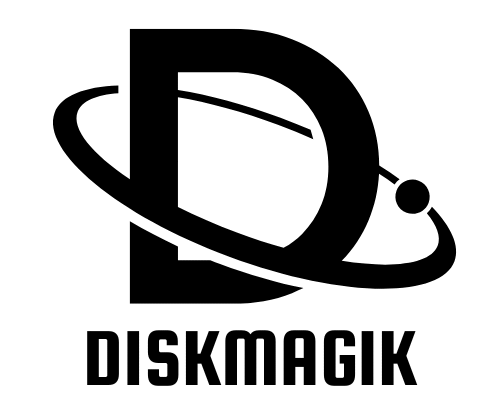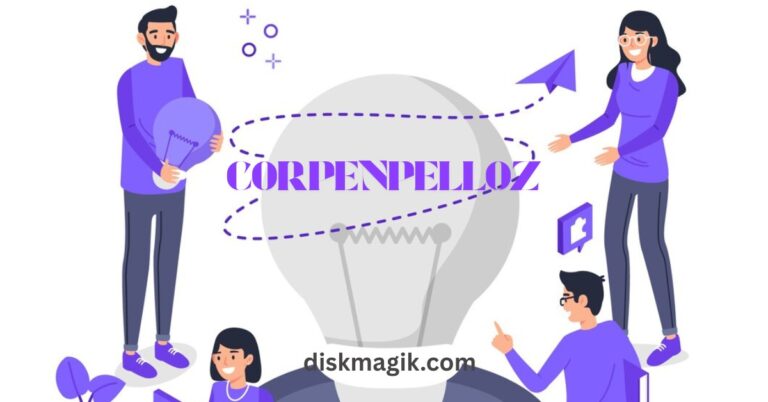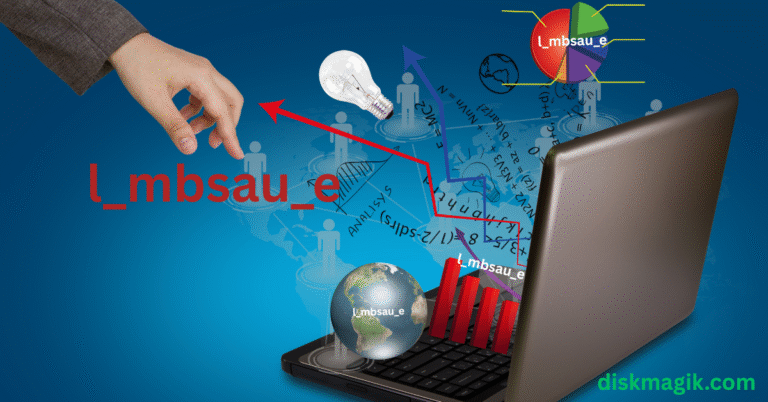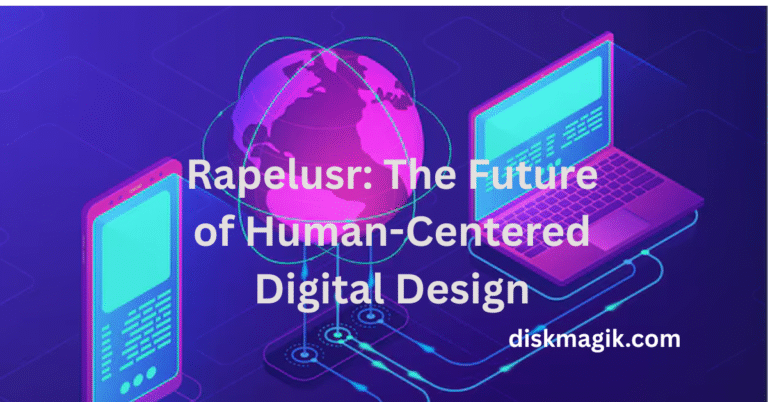Why IT Staff Augmentation Services Outperform Traditional Hiring Models

Traditional hiring is breaking under the weight of modern business demands.
Companies stuck in conventional recruitment cycles watch opportunities slip by while positions remain unfilled for months. The rigid structures that once provided stability now create bottlenecks that throttle growth and innovation.
Enterprise software development staff augmentation has emerged as the agile alternative, delivering talent faster, cheaper, and with unprecedented flexibility that traditional hiring simply cannot match.
Rather than viewing employees as fixed assets to be acquired and maintained, forward-thinking companies treat skills as resources to be accessed when needed. This mindset shift unlocks possibilities that traditional hiring models never could provide.
Key Differences Between Staff Augmentation and Traditional Hiring
Recruitment Process and Timeframe
Traditional hiring moves at a glacial pace. Job descriptions get written, approved, and posted. Resumes trickle in over weeks. Phone screens eliminate most candidates. Multiple interview rounds stretch across months. Background checks and negotiations add more delays. The average time to fill a technical position now exceeds three months in competitive markets.
Staff augmentation operates on a completely different timeline. Pre-vetted professionals sit ready in talent pools, their skills already verified and references checked. When you submit a requirement today, you could be reviewing qualified candidates tomorrow. Within a week, augmented staff can be contributing to your projects. The entire process compresses from months to days.
The efficiency gap stems from fundamental structural differences. Traditional hiring starts from zero with each position. Augmentation providers maintain ongoing relationships with thousands of professionals, eliminating the discovery phase entirely.
Flexibility and Scalability in Team Building
Permanent hiring locks companies into long-term commitments regardless of changing circumstances. Layoffs damage morale and employer reputation. Keeping underutilized staff drains budgets. This inflexibility forces companies to be conservative in their hiring, often understaffing to avoid future downsizing.
Augmentation treats team size as a variable that adjusts to match actual needs. Add specialists for specific challenges, then release them when the work completes. This elasticity allows aggressive pursuit of opportunities without fear of overcommitment.
The psychological impact matters too. Teams embrace augmented staff knowing the arrangement is temporary and strategic. There’s no guilt about “using” people when everyone understands the transactional nature from the start.
Cost Structures and Financial Implications
Traditional employment carries costs that extend far beyond salary. Benefits packages add 30-40% to base compensation. Payroll taxes, insurance, retirement contributions, and paid time off inflate the total cost dramatically. Office space, equipment, and software licenses add thousands more per employee.
Augmentation means pay as you go. No payroll complexity. No long-term obligations. While the hourly rate might seem higher than an employee’s equivalent wage, the total cost often proves lower when all factors are considered.
Hidden costs disappear too. Failed hires cost companies up to twice the annual salary when you factor in recruitment expenses, training investments, and lost productivity. Augmentation’s try-before-you-commit model virtually eliminates these expensive mistakes.
Advantages of IT Staff Augmentation Services
Access to Specialized and On-Demand Talent
Specialized skills have become increasingly narrow and specific. Companies might need a React Native developer with healthcare experience, or a DevOps engineer versed in specific banking regulations. Finding these precise combinations through traditional hiring could take months or prove impossible in certain geographic areas.
Augmentation providers maintain vast networks of specialists across every conceivable niche. Their business model depends on having the right expert for any request. This depth of specialization exceeds what any single company could maintain internally.
The on-demand nature means you pay for expertise only when needed. Why maintain a blockchain developer year-round when you have a three-month blockchain project? Access the skills for the duration required, then move on without ongoing obligations.
Faster Ramp-Up and Project Delivery
Augmented professionals hit the ground running. They’ve worked on similar projects before and know how to integrate quickly into new environments. While permanent hires might need months to reach full productivity, augmented staff often contribute meaningfully within their first week.
This acceleration translates directly to faster project delivery. Products reach the market sooner. Features ship faster. The compound effect of these time savings can determine competitive success or failure.
Reduced Administrative Burden and Hiring Risks
HR departments spend countless hours on recruitment, onboarding, performance management, and compliance. Each new employee generates paperwork, requires training, and demands ongoing administrative attention. Benefits enrollment, tax withholding, and regulatory compliance consume resources that could focus on strategic initiatives.
Augmentation transfers these burdens to the service provider. They handle contracts, payments, and compliance. Your HR team focuses on core employees while the augmentation partner manages the administrative complexity of their professionals. The simplification alone justifies augmentation for many companies.
How Staff Augmentation Enhances Business Agility
Quickly Adapting to Changing Project Requirements
Project requirements shift constantly in today’s environment. Customer feedback demands new features. Competitive pressures require strategic pivots. Technology landscapes evolve mid-project. Traditional teams struggle to adapt when their skill sets are fixed at hiring time.
Augmentation allows real-time team composition changes. Need to shift from web to mobile development? Swap web developers for mobile specialists. Discovered a performance bottleneck? Bring in optimization experts immediately. This adaptability keeps projects on track despite changing requirements.
Supporting Short-Term and Long-Term Initiatives
Some projects last weeks, others span years. Traditional hiring forces the same approach regardless of duration. Short projects don’t justify permanent hires. Long projects lock in staff who might not be needed afterward.
Augmentation scales to match project duration naturally. Week-long assessments, month-long prototypes, and multi-year transformations all receive appropriately sized teams. The model adapts to your timeline rather than forcing your timeline to accommodate hiring constraints.
Facilitating Innovation Through Diverse Skill Sets
Traditional teams, built through incremental hiring, tend toward homogeneity. Similar backgrounds, shared experiences, and common perspectives can create echo chambers that stifle creativity.
Augmented professionals bring diverse experiences from multiple industries and companies. They’ve seen different approaches to similar problems. Their outside perspective challenges assumptions and introduces new possibilities. This intellectual diversity drives innovation more effectively than any brainstorming session.
Impact on Team Dynamics and Collaboration
Integrating Augmented Staff with In-House Teams
Successful integration requires intentional effort but yields powerful results. Smart companies treat augmented staff as full team members from day one. They participate in meetings, contribute to decisions, and share in celebrations. This inclusion ensures they invest emotionally in project success.
Clear role definition prevents confusion and conflict. Everyone understands that augmented staff bring specific expertise for defined periods. There’s no competition for promotions or political maneuvering. The temporary nature actually facilitates better collaboration by removing long-term competitive dynamics.
Communication Best Practices and Tools
Modern collaboration tools have eliminated most communication barriers between permanent and augmented staff. Slack, Teams, and similar platforms create virtual offices where physical location becomes irrelevant. Video conferencing provides face-to-face interaction regardless of distance.
Documentation becomes crucial for augmented team success. Well-maintained wikis, clear code comments, and comprehensive project documentation ensure knowledge persistence. This discipline benefits permanent teams too, creating better organizational knowledge management overall.
Maintaining Company Culture and Knowledge Transfer
Culture concerns often worry companies considering augmentation. How can temporary staff understand and embody company values? The key lies in explicit culture communication rather than hoping for osmotic absorption.
Knowledge transfer happens bidirectionally. Augmented staff learn company practices while sharing expertise from their diverse experiences. Formal knowledge-sharing sessions, pair programming, and mentorship programs ensure valuable insights don’t leave when augmented staff complete their engagements.
Cost Efficiency and ROI in Staff Augmentation vs Traditional Hiring
Comparing Total Cost of Employment
The true cost comparison requires comprehensive analysis. A $150,000 developer actually costs companies closer to $210,000 after benefits, taxes, and overhead. Add recruitment costs, equipment, software licenses, and potential severance, and the number climbs higher.
Augmented staff might bill $100-150 hourly, seeming expensive at first glance. But when you calculate the actual hours worked, eliminate overhead costs, and factor in flexibility value, augmentation often proves more economical. The ability to stop costs immediately when work completes provides financial control traditional employment can’t match.
Minimizing Downtime and Onboarding Expenses
Traditional onboarding consumes weeks of productivity from both new hires and their trainers. Company orientation, benefits enrollment, system access, and cultural acclimation all take time. New employees typically require three to six months to reach full productivity.
Augmented professionals arrive pre-equipped and ready to work. Their onboarding focuses solely on project-specific information. They’ve already mastered their tools and technologies. The productivity curve starts higher and climbs faster.
Leveraging Talent Flexibility for Optimal Resource Use
Resource optimization becomes possible when you can adjust team composition dynamically. Traditional hiring forces you to staff for peak demand or risk capacity shortfalls. This leads to either idle resources during slow periods or missed opportunities during busy times.
Augmentation allows just-in-time resourcing. Staff precisely for current needs, not hypothetical futures. This optimization can reduce labor costs by 30-40% while actually improving delivery capacity.
Future Outlook: Evolution of IT Workforce Models
Growing Hybrid Approaches Combining Hiring and Augmentation
The future isn’t exclusively augmentation or traditional hiring – it’s both, strategically combined. Companies are building core teams of permanent employees supplemented by augmented specialists. This hybrid model provides stability and flexibility simultaneously.
Core teams maintain institutional knowledge and culture. Augmented staff bring specialized skills and surge capacity. The combination creates resilient organizations capable of handling both steady-state operations and dynamic challenges.
Role of AI in Talent Matching and Management
Artificial intelligence is transforming how augmentation providers match talent to needs. Machine learning algorithms analyze project requirements, assess candidate capabilities, and predict success probability with increasing accuracy.
These tools will soon extend beyond matching to active management. AI will identify skill gaps before they impact projects, suggest team composition optimizations, and predict when augmentation needs will arise. The result will be even more efficient and effective augmentation services.
Increasing Emphasis on Continuous Upskilling
The rapid pace of technological change demands continuous learning. Augmentation providers increasingly invest in training their talent pools, ensuring skill relevance. This creates a virtuous cycle where augmented staff bring cutting-edge knowledge to client projects.
Companies benefit from this emphasis on upskilling without bearing the training costs. Each new augmented professional potentially introduces new technologies, methodologies, and best practices to permanent teams.
Wrapping Up
IT staff augmentation services have proven their superiority over traditional hiring models across every meaningful metric. They deliver talent faster, provide greater flexibility, reduce costs, and minimize risks. The model aligns perfectly with modern business realities where change is constant and agility determines success.
The advantages extend beyond simple economics. Augmentation enables companies to pursue opportunities they would otherwise forfeit. It allows small companies to compete with giants by accessing world-class talent on demand. It frees organizations from the constraints of local talent pools and rigid employment structures.
Traditional hiring still has its place for core roles and long-term needs. But for the dynamic, project-based, specialized work that increasingly defines modern business, augmentation provides unmatched advantages. Companies clinging to traditional-only hiring models will find themselves outmaneuvered by more agile competitors who leverage augmentation strategically.
The evidence is clear and compelling. IT staff augmentation services don’t just compete with traditional hiring – they surpass it in virtually every scenario requiring flexibility, speed, or specialized expertise. The question facing businesses today isn’t whether to use augmentation, but how quickly they can integrate it into their talent strategy to capture its transformative benefits.
Stop overthinking and start scaling with Devsinc’s IT staff augmentation. From a U.S. base, we’ve delivered 3,000+ projects across five continents and 10+ industries over 15 years.
Also Read: Newtopy: Exploring the Future of Innovation and Connectivity






